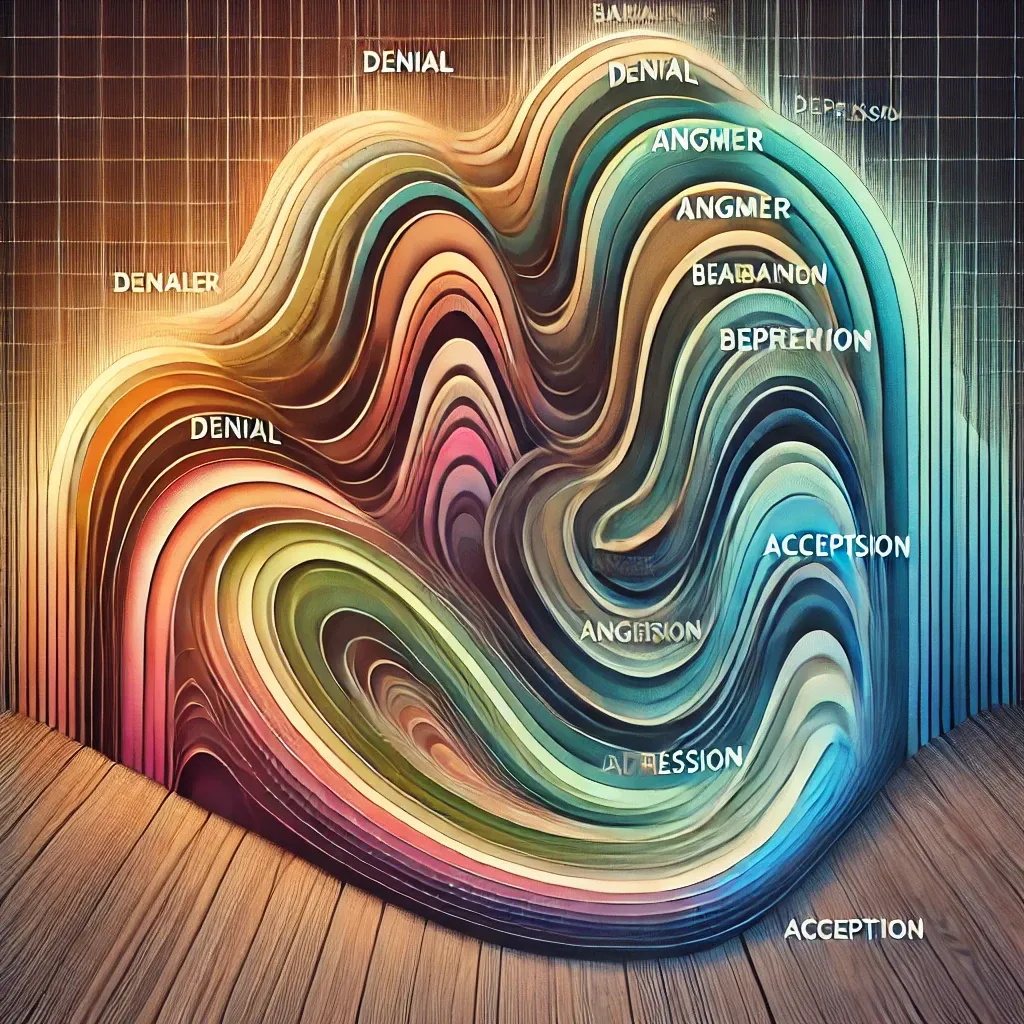The Unseen Cost of Change

Change is hard. The path of least resistance is easy. I was raised to believe that happiness comes from making everyone else happy. That meant following orders, fulfilling expectations, and sacrificing my own needs. The path to subservience was paved with good intentions—until I realized it was leading me away from my own self.
For most of my life, I believed that being a good daughter, student, and employee meant prioritizing others over myself. I had been conditioned to think that my own desires were secondary, that my worth was tied to how much I could accommodate those around me. But over time, I began to see the opposite truth: for me to be happy, I needed to calm my mind and take care of myself first.
To everyone around me, that was selfish. What they saw as self-indulgence was actually transformation.
The Breaking Point
When you’ve been conditioned for so long, it becomes part of you. The script is written, and you play your role without question. But sometimes, a voice inside whispers that a change is needed. You can ignore it, continue on the same path, or you can listen.
I reached my breaking point when I quit my job to become a yoga teacher. I wasn’t just making a career shift—I was on the verge of giving up entirely. Depression had settled in so deeply that I had started planning my exit from this world.
I had two choices: keep spinning my wheels in the same cycle or step into the unknown. I had nothing else to lose. So I rolled the dice and quit my job.
Change is like an RPG video game—you stay in familiar territory, or you step into a new land and watch the map expand. I chose to explore, not knowing what lay ahead. And that choice changed everything.
The Journey is the Change
People are often surprised when they hear my story. "You quit your job to become a yoga teacher? That’s amazing!" They picture a curated Instagram life, full of beachside meditations and serene sunsets. What they don’t see is the emotional toll of change.
The Change Curve—often used in psychology and business—maps out the emotions we experience during transformation. I lived on that curve.

Change is messy, and the curve doesn’t quite allow for the time needed at each step. We are human, and there isn’t a perfect equation for everything we do. We move through the motions of the change curve, but it’s not linear. Some days, I felt like I was making progress. Other days, I slipped back into frustration and despair.
During my yoga teacher training, I kept freezing up while practicing my cues to the group. My throat would close up. My body would tense. I was paralyzed with fear. Frustration and depression set in—I wanted to quit. Then, I experimented, made progress, and felt victorious. But just as quickly, I’d slip back into doubt and despair.
At the time, I thought I was just battling my fear of public speaking. But looking back, I realize I was actually trying to find my voice. The voice that had been suppressed for so long under the weight of subservience.
Compounding Change Curves
What I thought would be a single transformation turned out to be a series of interwoven change curves. Quitting my job wasn’t just one change—it was the catalyst for an avalanche of changes.
I wasn’t just shifting careers. I was going against the path my parents had set for me, confronting generational expectations, and stepping into uncertainty. I was trying to figure out my next move, questioning everything I had once believed about success. I was living in a different country, navigating an unfamiliar culture. The changes weren’t happening in isolation—they were compounding, stacking on top of each other, overwhelming me with emotions I couldn’t always process at once.
And that’s the truth about change that no one talks about—it doesn’t happen neatly, one at a time, in a controlled sequence. It’s chaotic. It’s relentless. It doesn’t wait for you to be ready.
I feel like I’m always living in different stages of that curve at the same time. Some days, I’m in the experimentation phase, trying new things and gaining confidence. Other days, I’m right back in the depths of frustration, questioning everything.
The Unseen Cost of Change
Change isn’t a picturesque Instagram reel. It’s raw, messy, and painful. But amid the struggle, there are moments of clarity, people who shape you in ways you never expected, and glimpses of the person you are becoming. And it’s the thing that keeps me pushing for more, what other “maps” will open up the more I explore?
With change, there’s growth. And growth is never easy. If it were, everyone would do it.
The hardest part of changing is awareness**, knowing that you want to change. So the question is—what is it that you want to change in your life? And what effort are you willing to put in to make it happen for your growth?
** After thinking about this.. I was wrong... That's the easy part, knowing you want to do this, the hardest part is action. Read that here